by Nicola Sani
Art Director, Accademia Musicale Chigiana
The relation between music and technology has determined unthinkable solutions and infinite possibilities. The twentieth century was the century in which sound freed itself from the notion of note. The path of sound in the last century has been a fascinating journey that has crossed the most diverse sources, forever leaving the limits of traditional notation and acoustic instruments. Research on the synthesis and digital processing of sound has developed since the second half of the last century, first in North America and later in parallel in Europe. The research activities, born within university centers and in large companies dedicated to signal processing, then moved to the world of entertainment and the production of multimedia equipment. With the advent of microinformatics and with the mass diffusion of digital technologies, it has been possible to undertake research and production activities in the field of musical informatics also in independent structures, both created ad-hoc in the public sector (significant examples are found in France, Germany and Northern Europe) both born on private initiative. In several cases in Europe, research and music production have developed parallel and synergistically within public radio and television broadcasters and new cultural institutions. The impact with new technologies has led to a new musical awareness. From a linguistic point of view, the cancellation of all previously known recognition parameters occurred; from the audience’s point of view, the need for new social spaces for listening and participation was determined, laying the conditions for a new relationship between the audience and the musical work. More likely there has been the eruption in society of a multiplicity of sound languages, written and unwritten, codified and extemporaneous, which refer to cultures, aggregations of men, solitudes, real and virtual territories. Music has changed time, spaces, instruments. relationships, forms of listening, through the relationship with intermediation and diffusion via the internet, electronic processing of sound in real time, the relationship with the virtual image, spatialisation techniques. However, the spread of information technology for music has contributed to spreading a stereotyped “digital” music idea linked to the mechanisms of mass consumption and consensus.
If the term “electronic music” in the past indicated a field of musical research and experimentation, in which an entire community of artists and researchers was recognized, today this term has become synonymous with commercial music made with digital technologies.

